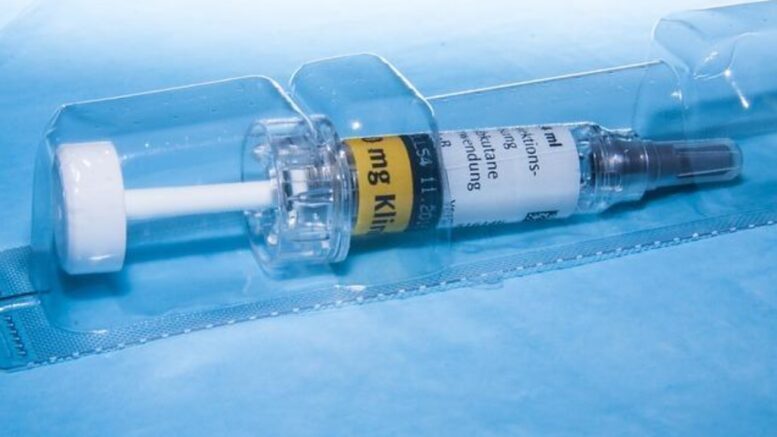Preventing cross-contamination is essential to maintaining a clean environment and guaranteeing patient safety in healthcare settings. The inadvertent spread of pathogenic microbes from one individual or surface to another, known as cross-contamination, can result in healthcare-associated infections (HAIs) and negatively impact patient outcomes. Protecting both patients and medical professionals requires putting into practice efficient cross-contamination prevention techniques. This article examines several techniques and policies to reduce the possibility of cross-contamination in medical environments.
Hand Hygiene Protocols:
In hospital settings, hand hygiene is an essential component of infection prevention and control. Healthcare professionals are required to follow stringent guidelines for hand hygiene, which include using hand sanitizers with alcohol or washing their hands properly with soap and water. Hand washing should be done both before and after invasive operations are carried out, as well as after handling contaminated surfaces or items. Maintaining good hand hygiene lowers the chance of cross-contamination between patients, medical personnel, and the environment, as well as the transmission of diseases.
Personal Protective Equipment (PPE):
To avoid cross-contamination in healthcare settings, protective clothing and accessories such as gowns, gloves, masks, and eye protection must be used properly. Depending on the kind of patient care activities and the expected amount of exposure to body fluids, germs, or hazardous chemicals, healthcare personnel should wear the proper personal protective equipment (PPE). Protective equipment (PPE) serves as a barrier to stop diseases from spreading from patients to healthcare professionals and vice versa. To reduce the possibility of contamination when using PPE, it is essential to adhere to specified procedures for wearing and doffing the protective gear.
Environmental Cleaning and Disinfection:
Reducing the risk of contamination from other sources in healthcare settings requires comprehensive and routine environmental cleaning and disinfection. Hospital-grade disinfectants that regulatory bodies have approved should be used often to clean and disinfect surfaces, tools, and high-touch areas. Healthcare institutions must set up procedures for sanitizing shared areas, medical equipment, patient rooms, and regularly touched surfaces like light switches, worktops, and doorknobs. Using the right cleaning and disinfection techniques can help get rid of infections and stop them from spreading to patients and healthcare personnel.
Isolation Precautions:
In hospital settings, limiting the transmission of infectious illnesses and avoiding cross-contamination requires the implementation of isolation precautions. Depending on how the infectious agent is transmitted, patients with confirmed or suspected illnesses should be given the proper isolation measures. Depending on the infectious illness and how it spreads, these safety measures might involve airborne, droplet, or contact precautions. To avoid the transmission of diseases within the healthcare institution, healthcare professionals should closely adhere to isolation protocols, which include donning the proper PPE and adhering to standard procedures for patient care.
Patient and Visitor Education:
Reducing the danger of cross-contamination in hospital settings requires educating visitors and patients about infection protection techniques. To stop the transmission of diseases, patients should be educated on the value of good hand cleanliness, respiratory etiquette, as well as additional infection control measures. Additionally, visitors should be made aware of the significance of adhering to the regulations and procedures of the institution, which include limitations on visiting patients who are infectious and appropriate PPE usage. Encouraging adherence to infection control measures by patients, guests, and employees can be achieved through the provision of unambiguous and succinct instructional materials, signs, and spoken directions.
Healthcare Packaging Solutions
Good healthcare packaging plays an important in lowering the danger of contamination between items in healthcare settings as hand hygiene, protective clothing, cleaning of environments, isolation procedures, and patient education. Pharmacies, medical equipment, and supplies should all be packaged properly to preserve sterility, avoid infection, and protect patients and healthcare personnel. Innovative healthcare packaging products support infection prevention and control initiatives in healthcare institutions. Examples of these solutions include sterile barrier systems for surgical tools and tamper-evident packaging for drugs.
Conclusion
A comprehensive strategy that includes hand hygiene, protective clothing, environmental cleaning, isolating precautions, and patient education is needed to lower the risk of cross-contamination in hospital settings. Healthcare institutions may reduce the spread of infectious agents, avoid diseases linked to healthcare, and protect the health and safety of both patients and healthcare personnel by putting these methods into practice consistently and successfully. To effectively avoid cross-contamination in healthcare settings, vigilance, following procedures and continual education are necessary.
